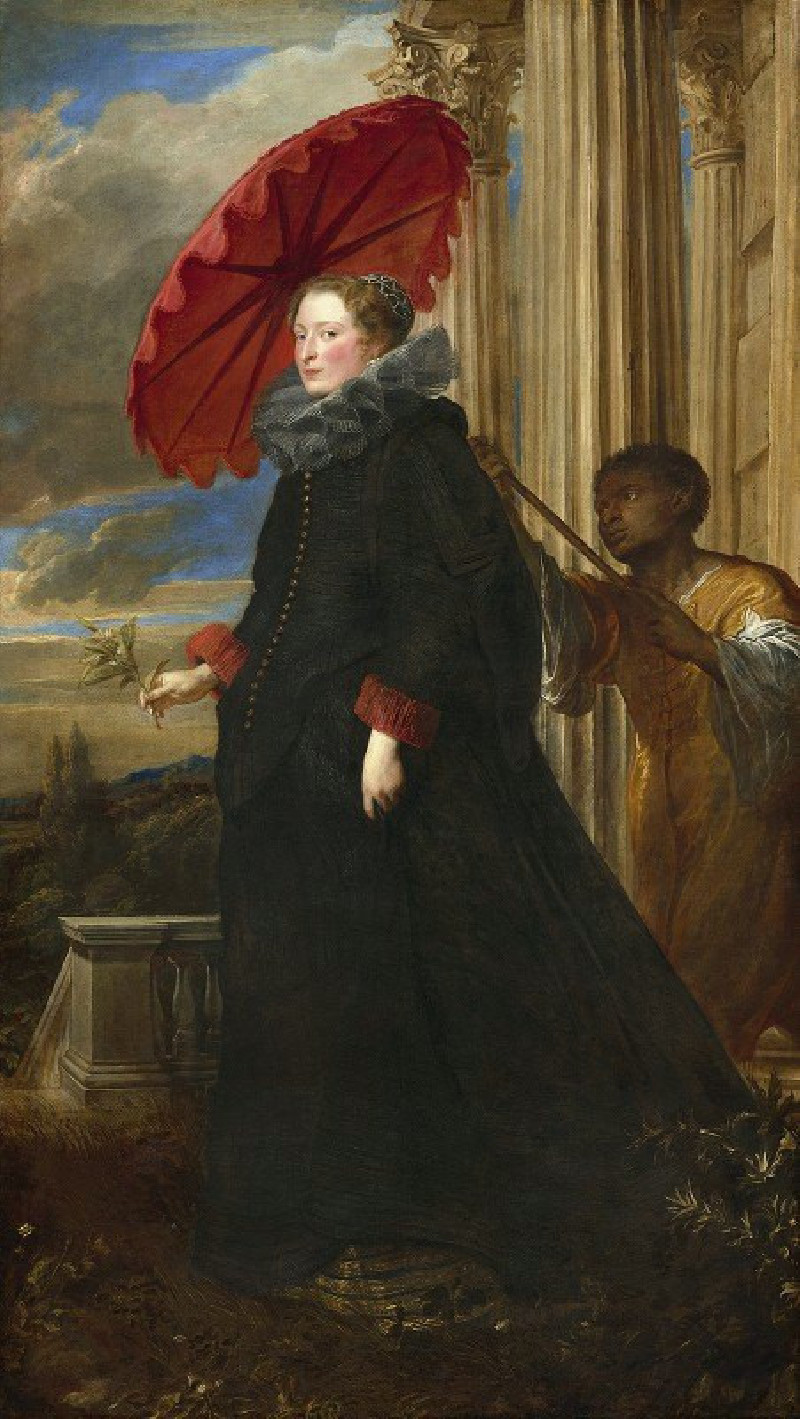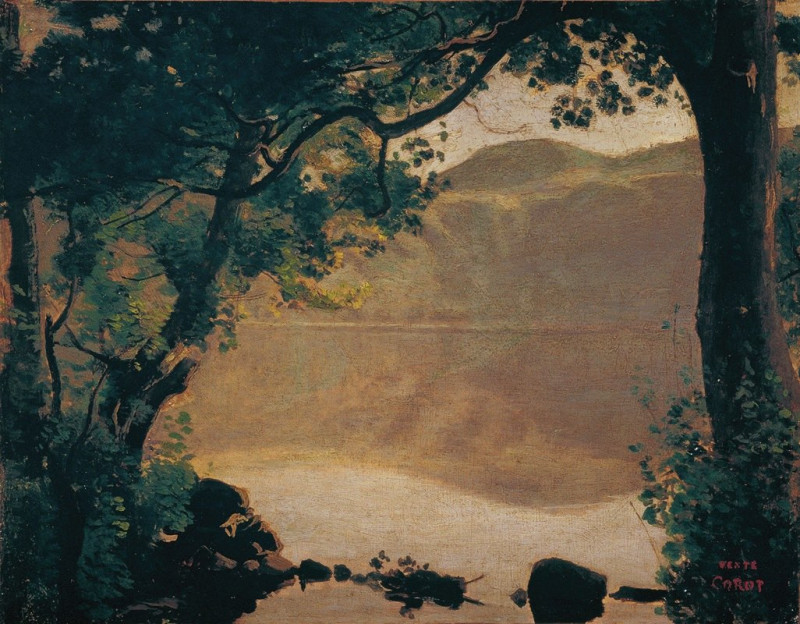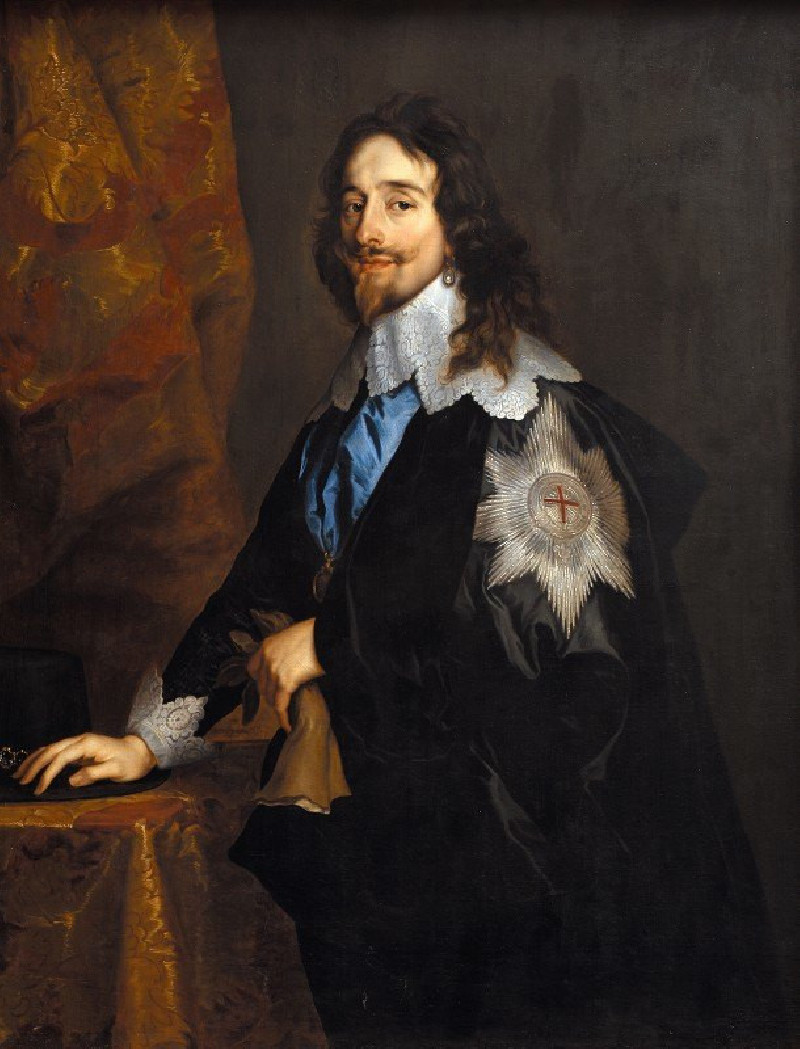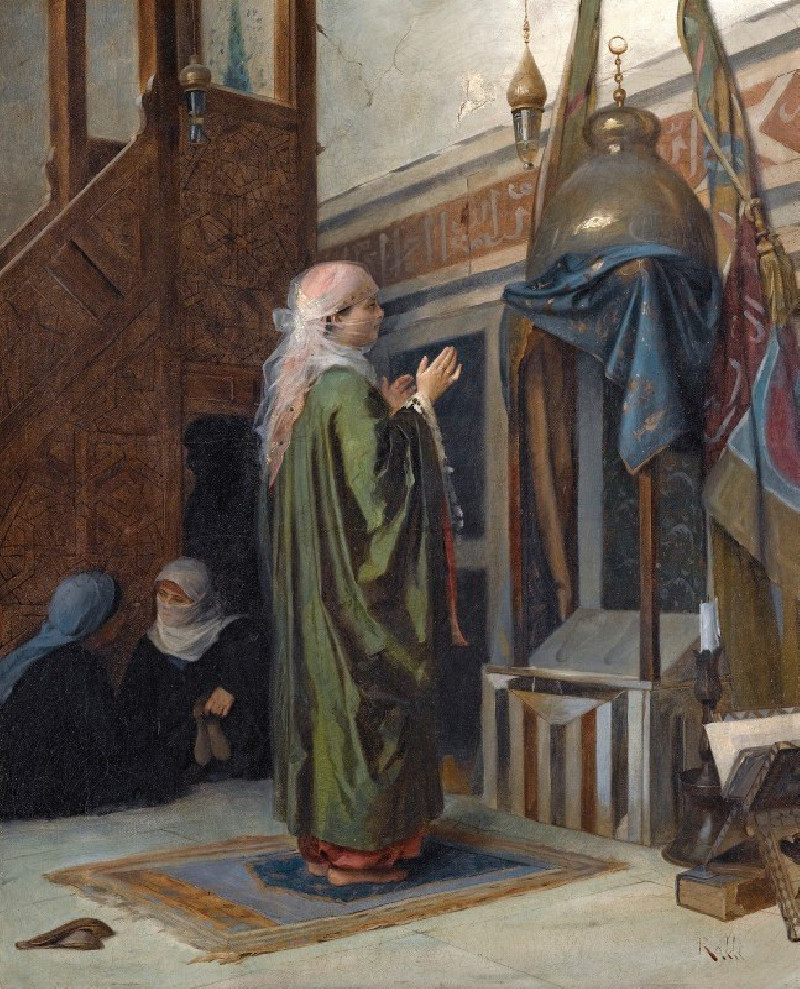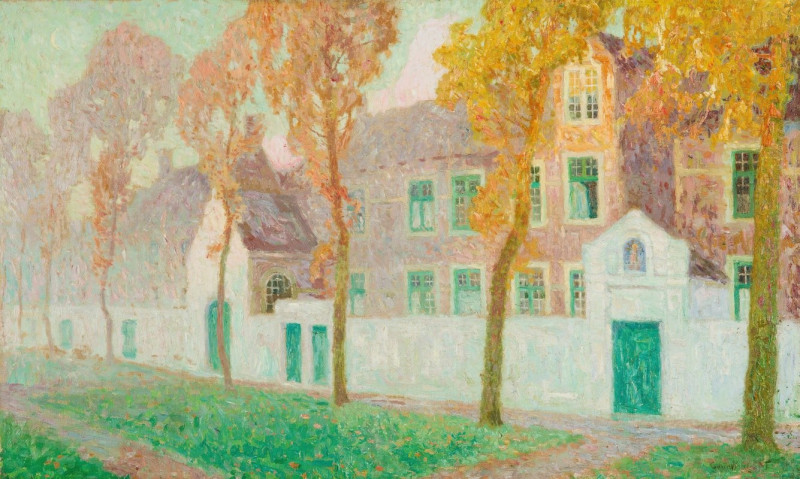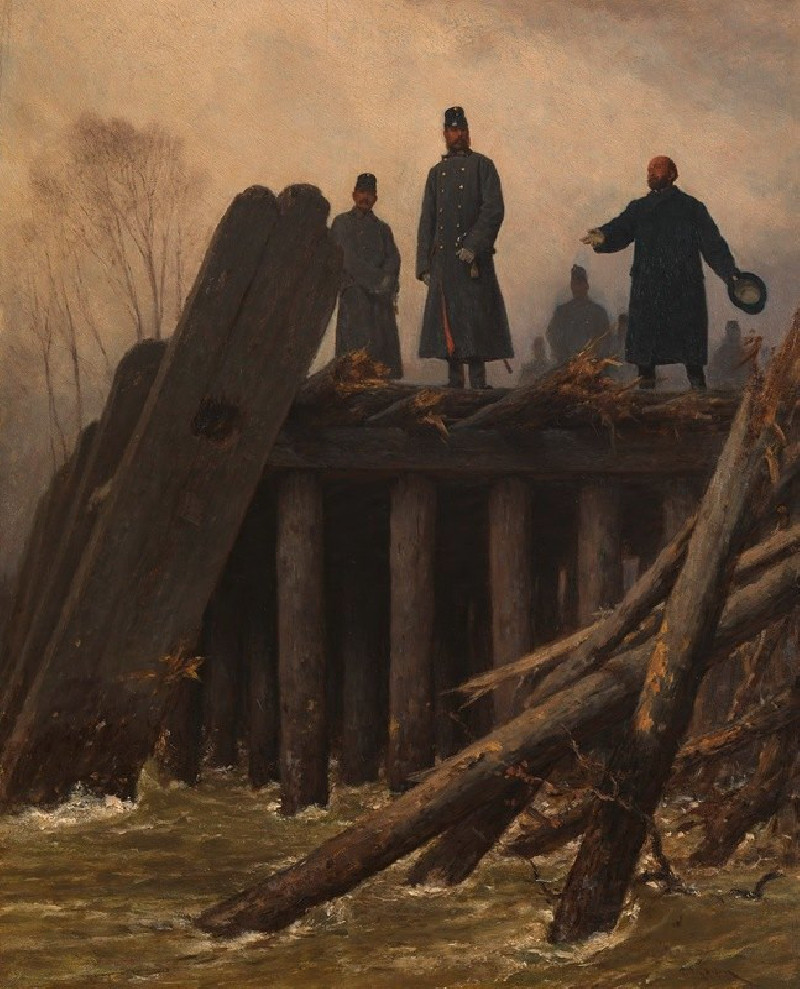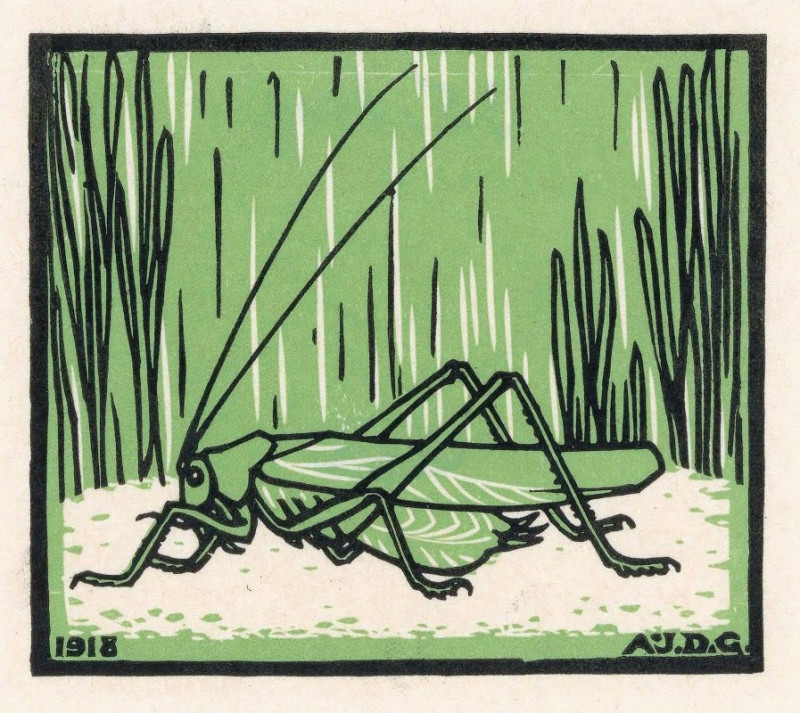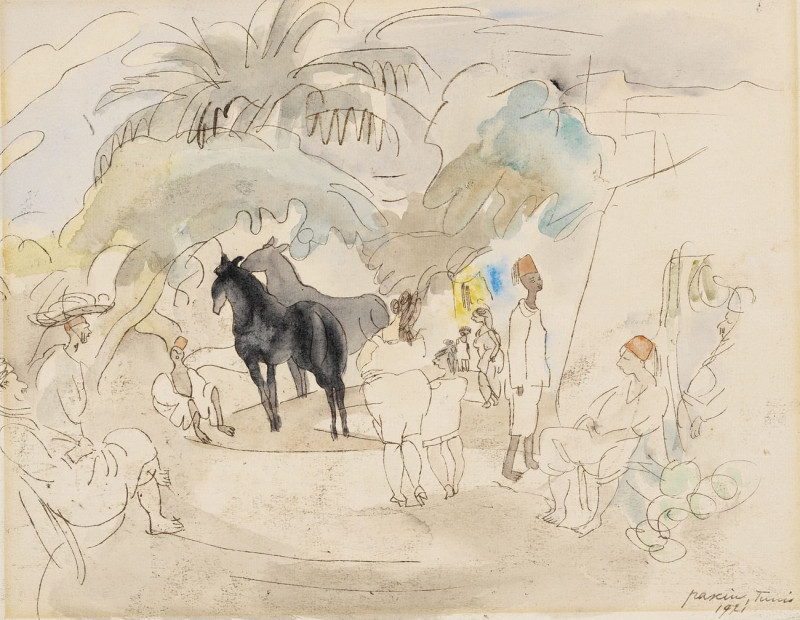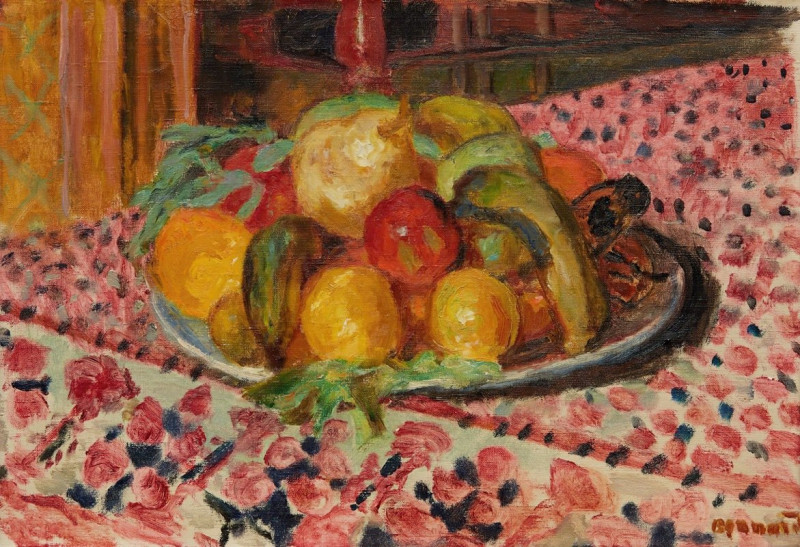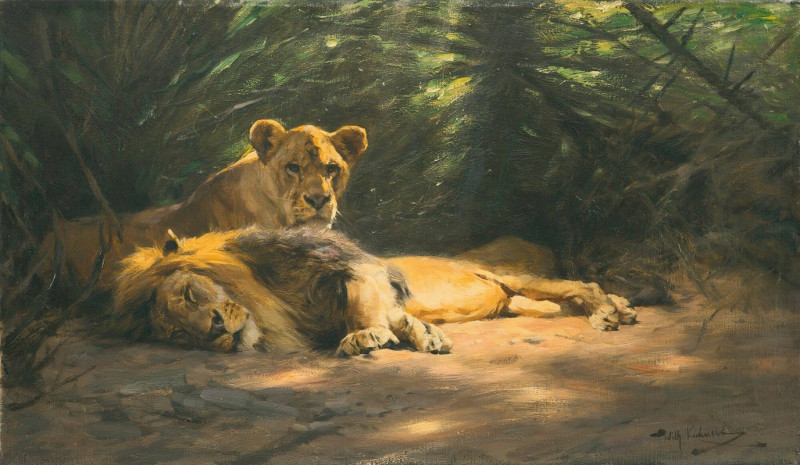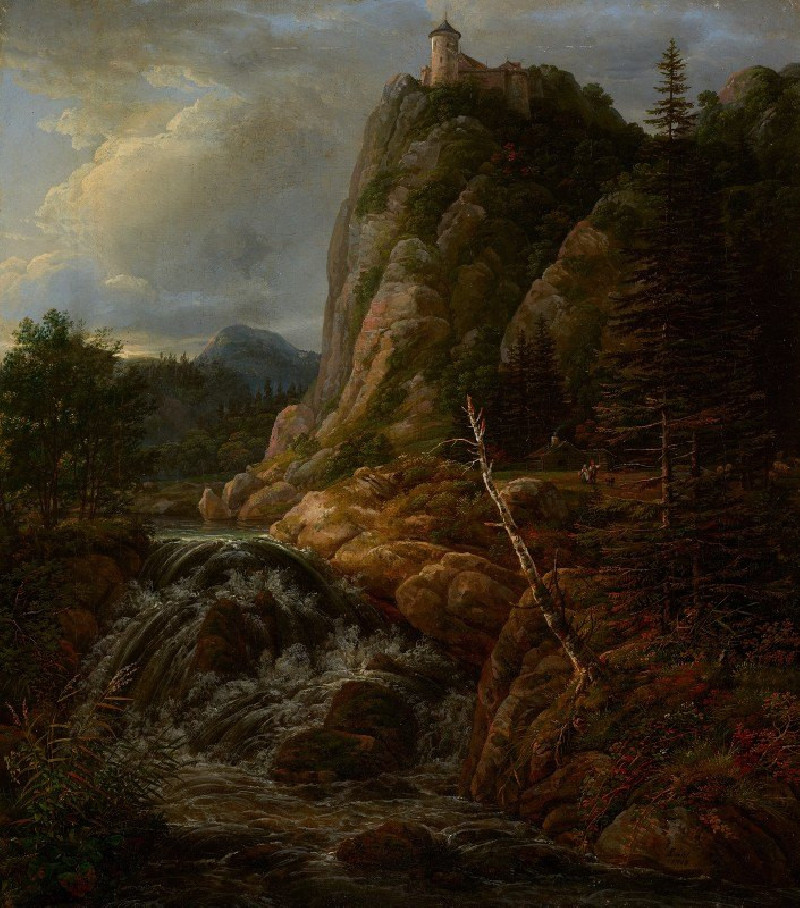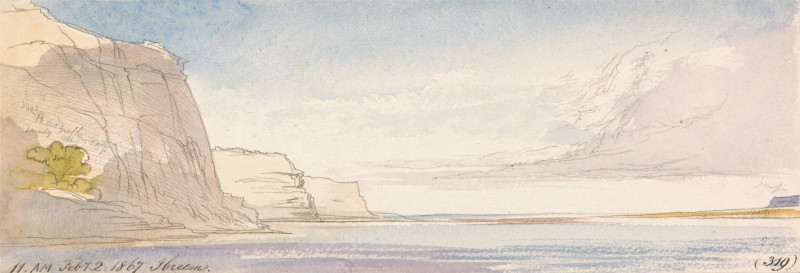Marchesa Elena Grimaldi Cattaneo (1623)
Technique: Giclée quality print
Recommended by our customers
More about this artwork
The painting "Marchesa Elena Grimaldi Cattaneo" is a striking work by Anthony van Dyck, created in 1623 during his stay in Genoa, Italy. In this breathtaking portrait, Marchesa Elena Grimaldi Cattaneo, a member of one of the most influential families in Genoa, is depicted with an air of dignified elegance that aligns with her aristocratic status.The Marchesa is shown in full length, dressed in a sumptuous black gown adorned with fine details, including intricate lace at the cuffs and collar. Her poised demeanor and direct gaze towards the viewer convey both grace and authority. A striking element of this portrait is the vibrant red parasol, held above her by a young page, adding a dramatic contrast to her dark attire. The parasol not only brings a burst of color to the composition but also symbolizes her high status and the protection it affords her.Behind the Marchesa, the backdrop features classical architecture, suggesting a palatial setting, and a glimpse into a serene landscape, connecting the figure to a wider world of beauty and tranquility.Van Dyck's mastery in portraiture is evident in the detailed rendering of textures and fabrics, as well as in his ability to capture the personality and status of his sitters through composition and use of color. This painting not only portrays a personal likeness of the Marchesa but also encapsulates the essence of Genoese nobility in the early 17th century.
Delivery
Returns
Sir Anthony van Dyck (1599 – 1641) was a Flemish Baroque artist who became the leading court painter in England after success in the Spanish Netherlands and Italy.
The seventh child of Frans van Dyck, a wealthy Antwerp silk merchant, Anthony painted from an early age. He was successful as an independent painter in his late teens, and became a master in the Antwerp guild in 1618. By this time he was working in the studio of the leading northern painter of the day, Peter Paul Rubens, who became a major influence on his work.

